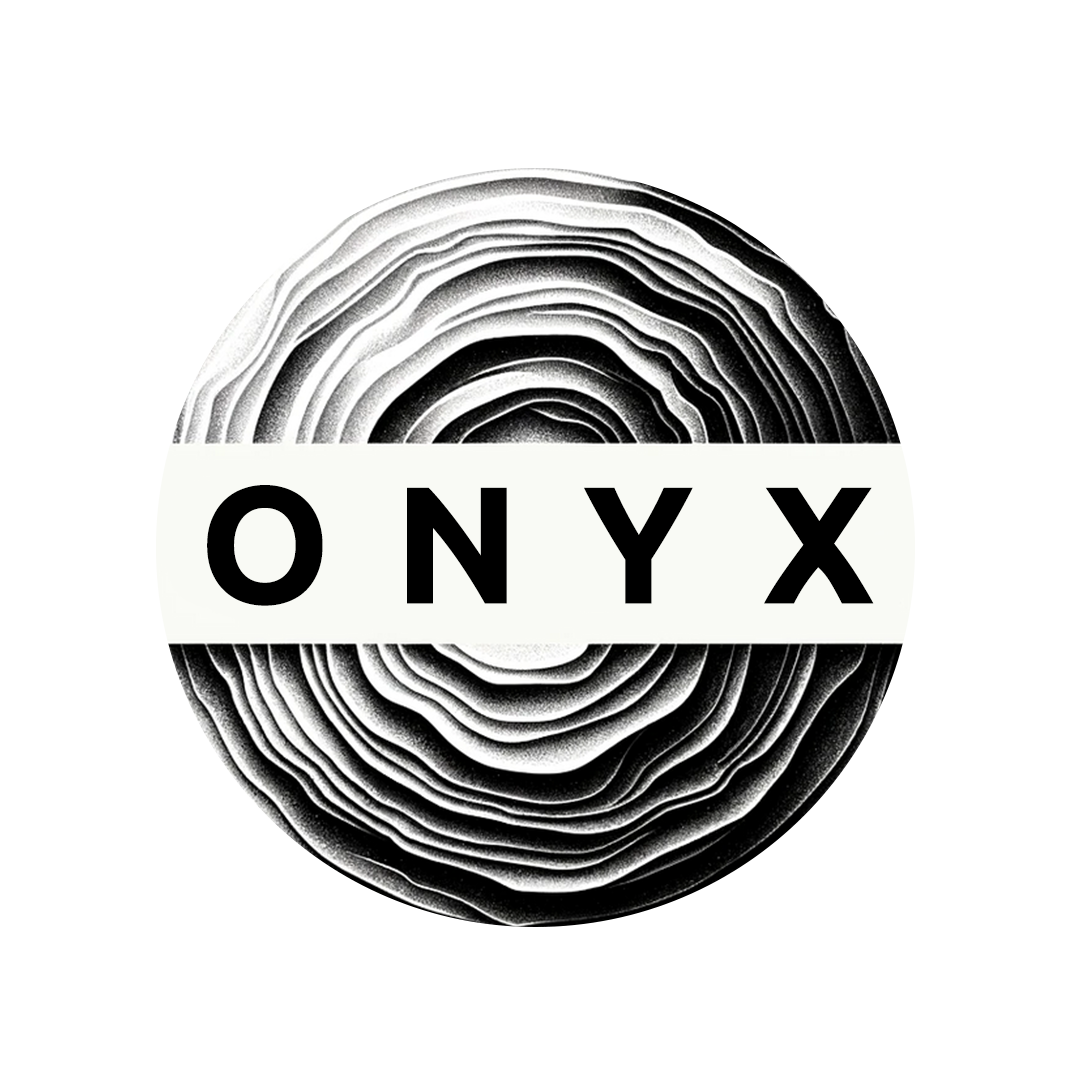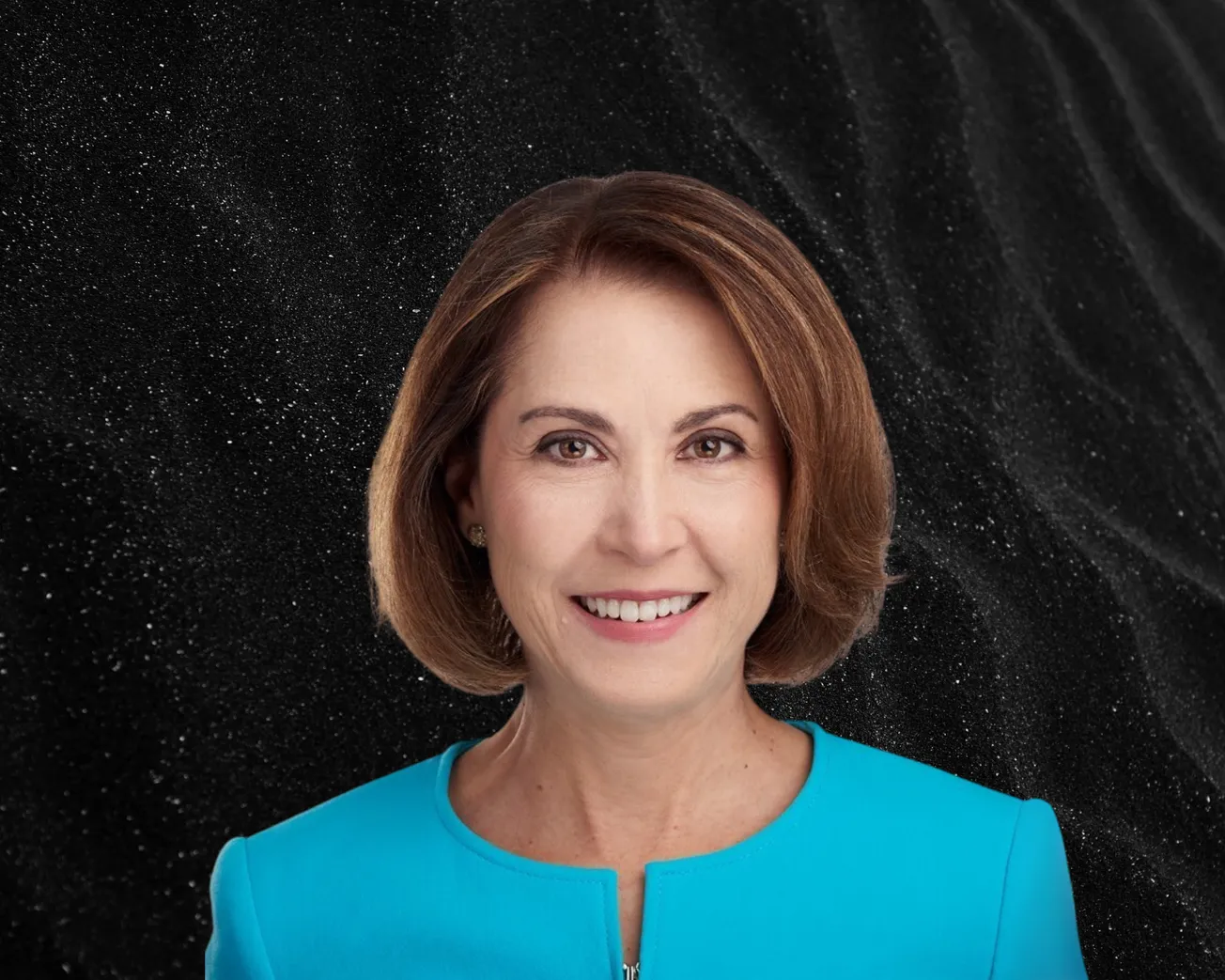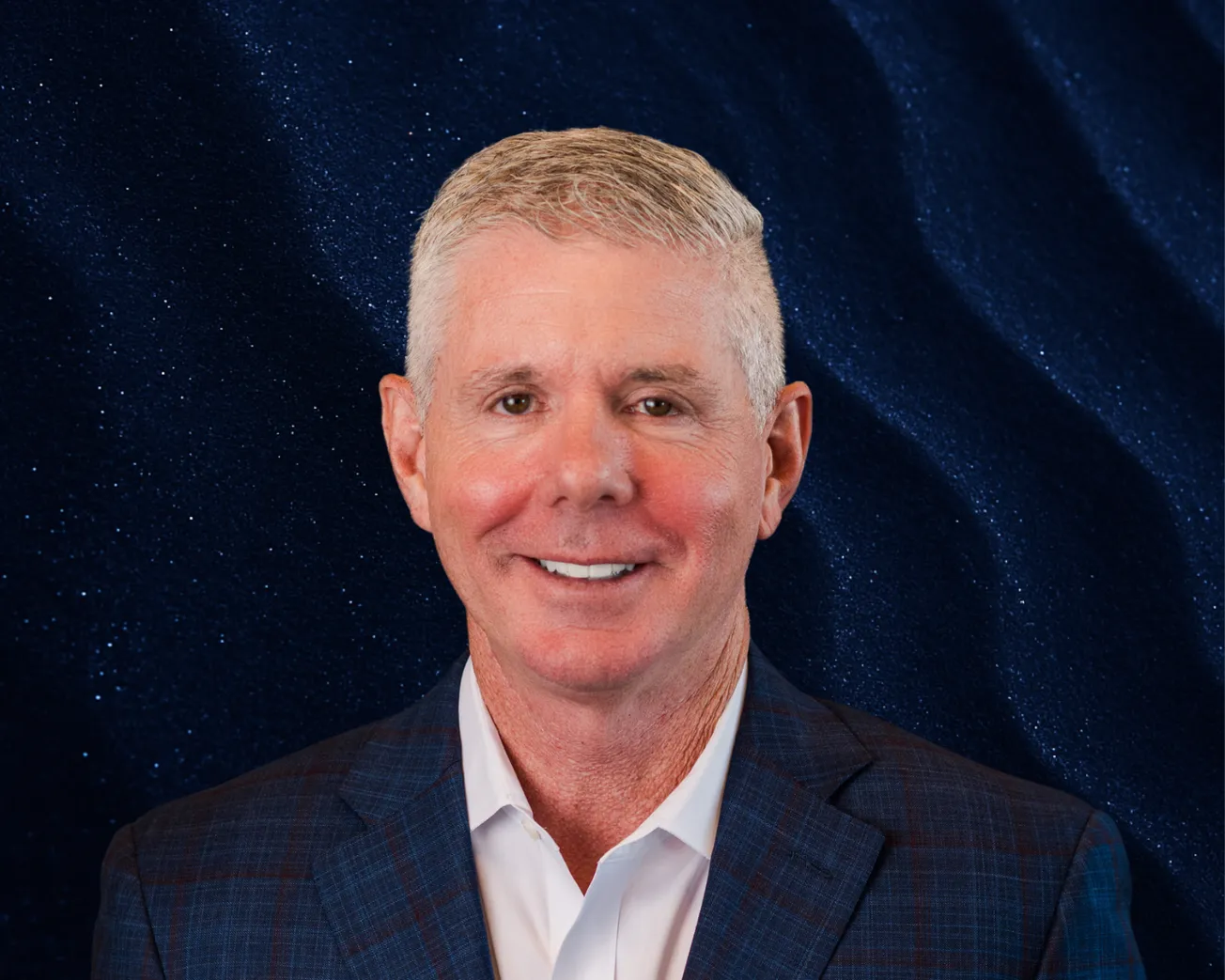Table of Contents
Michiel Langezaal, CEO of Fastned, sat down with Onyx for a feature-length interview.
Tell us how you first got into the e-mobility space.
I studied mechanical engineering before going to work in consulting for a few years. It was during that time that I came into contact with electric mobility. I thought, this is such an interesting market! You can make a car that's four or five times more efficient than the current generation of fossil cars. Whoa - I need to be in that space!
I joined a company developing fast chargers. At that time, people were converting fossil fuel cars - putting batteries in them. We were testing different plugs, trying to build something that worked. It was really a sort of conversion mentality.
Six months later, we were already selling chargers to all the larger OEMs for their R&D facilities. That’s when I knew - if the carmakers are getting into this, it’s going to happen.
But the ecosystem wasn’t quite ready yet, was it?
Exactly. I talked with oil majors, utilities and municipalities. The oil majors basically scoffed at electric cars, thinking of them as being little more than golf carts. It wasn’t aligned with their core interest: selling oil.
The utilities were more interested, partly for political reasons, because many had just been privatized. But they asked a great question: “So you're selling us a device which charges cars. But if I invest now, I’m going to be punished, because, in a few years, a better device will come out that charges faster.” That’s a real barrier to early investment.
And that's what led to Fastned?
At the time, I didn’t have the answer. But I kept having conversations - and I met Bart Lubbers, my future co-founder. He was on the supervisory board of the charger company. He’d also set up restaurants and newspapers. He kept talking about locations. I remember thinking: Wait - did you say locations?
Now, today, that might sound strange - everyone in fast charging talks about locations. But, back then, that was a complete blind spot. Utilities were thinking about electricity; equipment manufacturers were thinking about hardware; carmakers were thinking about navigation and billing. But no one was approaching the question from a retail location perspective.
That became the cornerstone of Fastned.

So Fastned is a locations-first company?
Exactly. We invest in long-term land leases or even own the sites outright. The technology is a means to an end: to make that location a viable charging hub. That lets us invest long term, benefit from technology renewal, and ride the hockey stick in the market.
Where do you see the biggest growth opportunities today?
It's super important to be where the customer is. If you build a supermarket out in the field, why would you do that? You need to bring the supermarket to the customers. It is the same for charging: you need to build where people drive and where they’d naturally want to charge - along motorways, on ring roads, both inside and outside of cities.
That’s our focus. We’ve been connecting the dots: first, to have a great location strategy. Second, to build a great charging concept.
What’s that charging concept built upon?
Many people still think of charging as just putting electrons into a battery, not much more complicated than a wall socket. But it's actually a tech sector.
It's about connecting two computers, having protocols, ensuring interoperability between vehicle and charger - and handling hundreds of payment methods. And, doing all of that reliably again and again. People use debit- and credit cards, apps, and charge cards. Every vehicle is different. Every customer wants to pay in a different way.
It’s not like a petrol station, where a pump either works or it doesn’t. It’s more like the office IT environment, where people pick up their laptops and you need to manage all the equipment that connects to it. That’s active work. And doing that well thousands of times a day is very, very complex.
But EVs all have the same plugs now, don’t they?
Yes, the plug is standardized. The protocol is standardized. But, to give you an example, USB is standardized too. And still, you might remember: USB was marketed with the slogan “plug-and-play”. But the joke quickly became: “plug and pray”.
Well, at Fastned, it's “plug and play” - but, with a lot of parties in the industry, it’s “plug and pray”.
That sounds like a serious problem.
It is. A couple years ago, there was research done in the Bay Area: if I go to a fast charger, what’s the chance it works on the first try? The answer: 25%. Imagine that - three out of four people don’t get a charge correctly at the first time of asking!
Our data was the inverse of this. At the time, we had a 75% success rate, and now, we’re in the 90%, and are still improving. The European average? Probably around 70%, depending on how you measure it, including payment authorization or not.
We see the results - customers prefer stations where they know that it just works. If you know that you're doing a 15-minute stopover - to grab a coffee, go to the toilet, and to charge your car - you don’t want to spend that time wondering why your car’s charging station isn’t working.
What goes into choosing a good Fastned site?
We started with a mission to enable electric freedom for EVs. But every station also has to measure up, financially speaking.
So, we look at two key metrics: how many vehicles pass by, and what percentage take that particular exit and visit our charging station. If 100,000 vehicles pass and 2% of EVs become a visitor, that’s more customers than if only 20,000 pass by and only 1% take the exit to charge. Simple!
We go after the big arteries near densely populated areas that have such high traffic numbers. That’s where we have the most impact. And we work hard to make people see the benefit of our reliable great charging stations to ensure our capture rate of passing traffic is high.
Fastned stations look different - was that a conscious choice?
Totally! People ask: Why build big stations with those large canopies and solar on top? Doesn’t that cost a lot? The answer is yes, of course, but it delivers massive visibility and a better customer experience because of a drive-through layout.
It creates brand awareness early on, even among people still driving internal combustion cars. They start to think: if I get an EV, that’s where I’ll charge. That’s powerful.
It also helps with wayfinding. We coordinate with everyone: Google Maps, Apple Maps, OEM route planners, Better Routeplanner, ChargeMap... You name it. We make sure people can find us.
How does sustainability fit into those design decisions?
The goal is to create a spiral effect. Yes, we invest more. But we get better locations, more traffic, and higher capture rates. That means more people take a stop.
At the station, they see solar panels - not all the energy is from the sun, but some is. They see wood - it creates a natural atmosphere. The big, visible canopy reinforces all of it.
And here’s the thing: we have four to six times the number of visitors per location compared to the average competitor! Even when we’re on the same roundabout. We still do 80% of the sales. That’s the result of visibility, a great concept, and, above all, reliability.
You’re president of ChargeUp Europe. What policies would help push this forward?
The key is demand creation. Right now, infrastructure is being built but, for the transition to sustainable mobility to be successful, we need the number of EVs on the road to grow.
In the last decade, we’ve electrified company car fleets. That’s gone well and will continue. But now, we need individuals, private people, to buy their first electric car.
In general, EV sales in countries like the Netherlands and Belgium are doing well. But France and Germany really need to accelerate demand. If people feel there's a barrier, it makes sense to help them over it. That’s the logic behind incentives.
Looking ahead a decade from now, what’s your vision for Fastned and the sector?
We started the company to support the EV transition. That means faster charging and a really dense network across Europe.
There’s a 500-billion-euro fossil fuel market annually. Our goal is to help shift that toward electricity. From an economic point of view, we’re aiming to be a leading player in the forthcoming couple-hundred-billion-euro charging market.
What does that look like? Thousands of charging stations on A-plus locations across Europe, providing electric mobility across all European countries.
How do you see charging tech evolving?
Two big shifts. One will be autonomous cars. They’ll drive to the station and charge themselves. We’ll need robotic charging, especially in urban areas.
The second will be super-fast charging. Thanks to CATL and BYD - we’re already seeing batteries charging in 5 to 6 minutes. That’s not 10 years away. It’s coming fast.
Furthermore, those batteries are getting really, really cheap. Soon, EVs will be cheaper to buy, drive, and own than internal combustion cars in every segment. The switch is coming, and it’s coming much faster than most people expect.
Have you seen that switch in action already?
Yeah, six months ago, I was again in Shenzhen, China. Ten years ago, it was noisy, polluted and full of construction. But now? No combustion engines. No smelly scooters. Silent streets. The air quality was better than Amsterdam, and way better than either Paris or London.
Now, for a quickfire round: Margins - higher or lower than petrol stations?
It’s very different. Petrol stations just dispense the product. Charging stations deliver the value addition on-premises. Think of it more like trains - infrastructure investments you rent out per use, in this case per kWh. It’s about asset utilization.
Battery swapping - threat or distraction?
By-gone age. In China, NIO is doing it because of regulation, but it doesn't scale.
To make a great car, you want the battery integrated. The battery is also where lots of innovation happens. And if you want to swap, you need to standardize. You’re standardizing the thing you want to innovate. That doesn’t make sense.
And, finally, what car do you drive?
A red Volkswagen ID. Buzz. My kids love it! From a user experience point of view? Tesla is leading. But I love the Buzz. And hey - the kids’ point of view is important, right?






